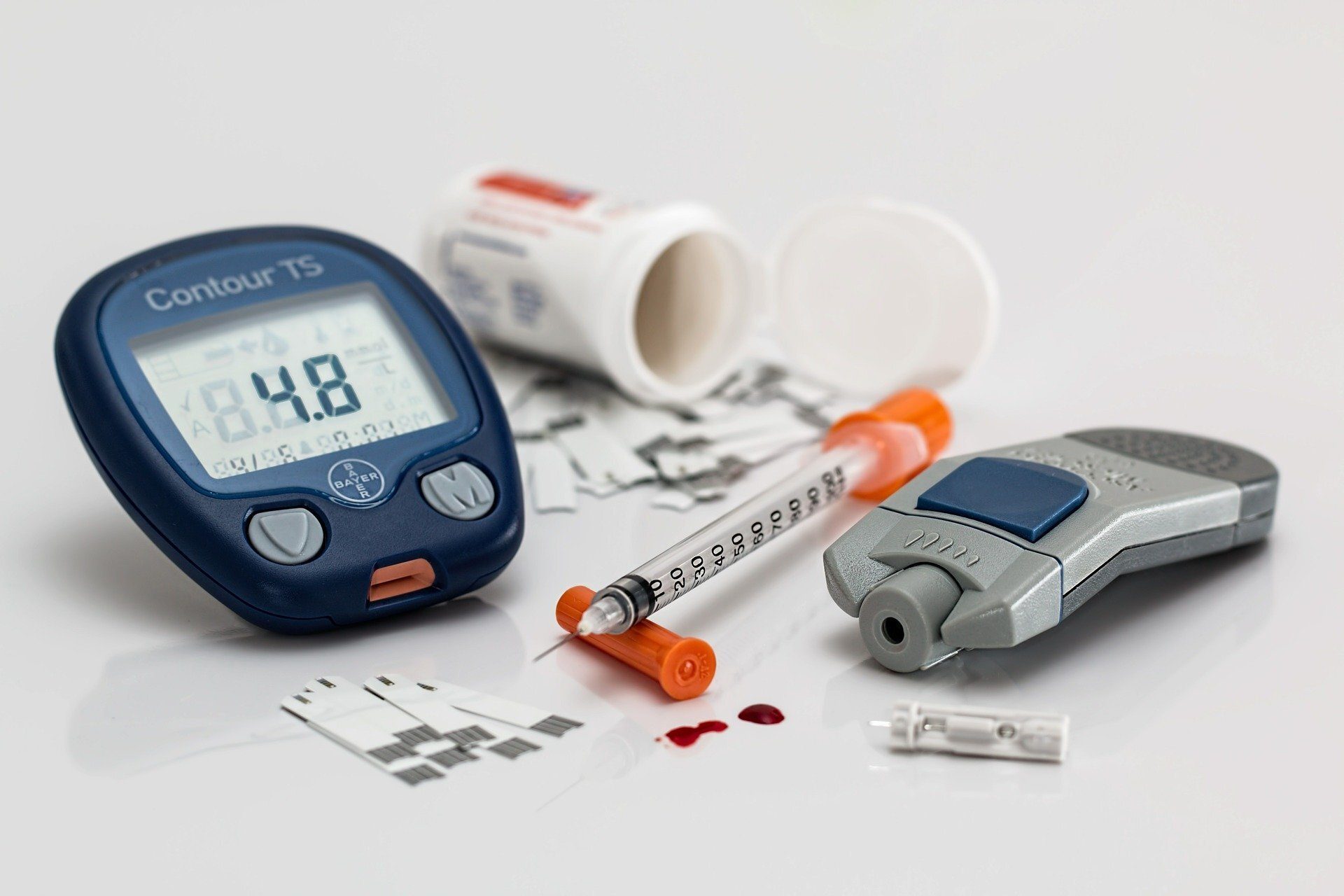Recent statistics show that almost 20% of Qatar’s population is diabetic.
An estimate of 10% of Qatar’s total deaths is linked to diabetes—a chronic health condition that affects how the body turns food into energy.
The worrying statistics were revealed by Dr. Hassaan Anwer Rathore, an associate professor from Qatar University’s College of Pharmacy, on World Diabetes Day to raise awareness regarding the dangers of the condition.
However, it was not clear whether the percentage is calculated based on yearly data or within a specific time frame.
The faculty member also pointed out that more than 17% of the Gulf nation’s population are known to have diabetes, which can greatly affect their health if not monitored and treated accordingly.
Meanwhile, on an international level, statistics by the International Diabetes Federation show that one in eleven adults worldwide suffer from diabetes.
Early detection can play a significant role in preventing several health complications in later years.
“Early detection will slow down and prevent a patient from several complications like retinopathy (damaged retina of eye), myocardial infarction (heart attack), acute kidney injury (damage of kidneys), atherosclerosis (hardening of blood vessels) and hypertension (increased blood pressure),” explains Dr. Rathore.
Diabetes occurs when the body’s blood glucose, also called blood sugar, is too high. Normally, when that occurs, the brain signals the pancreas to release insulin, which acts as a key to letting the blood sugar into your body’s cells for use as energy.
Those with diabetes either do not make enough insulin (type 1 diabetes) or the body cells are not responsive to the available insulin (type 2 diabetes).
When there isn’t enough insulin, blood sugar stays in the body’s bloodstream and over time can cause serious health problems, including heart disease, vision loss, and kidney disease.
However, although there isn’t a cure yet for diabetes, some measures might reduce the impact of the disease on the patient. This can include weight loss, healthy eating habits, being active, and taking medications when needed.
“Consistent hyperglycemia can lead to life-threatening diseases including cardiovascular diseases, nerve damage, and progressive loss of eyesight. These consequent diseases can be prevented through controlling the blood sugar using appropriate medications,” said Myriam ElJaam, teaching assistant, Department of Clinical Pharmacy and Practice.
“Diabetes – especially type 2 which is the most common – can be prevented by making mindful decisions about the body. This includes following a healthy diet, avoiding smoking, and engaging in regular physical exercise.”
Wearable technology could be the next big thing for diabetes
For that reason, Qatar has taken major steps to ensure adequate health care is provided to those in need. Authorities in Doha have adopted an approach that is predicated on a multidisciplinary approach which includes the involvement of healthcare providers, patient education, and self-management.
“Patients living with diabetes should be well educated about their treatment plan including the effectiveness and side effects of their medications,” said Clinical lecturer Dr Muna al-Ismail.
“Adherence to prescribed anti-diabetic medications is one of the main contributing factors for optimal glycemic control and for preventing diabetes-related complications such as heart attack, stroke, kidney damage, blindness, and limbs amputation.”
Accurate Percentage
Recent statistics by the International Diabetes Federation suggests that around 20% of the adult population living in Qatar has diabetes. However, a senior health official told local news Gulf Times that the figures are based on estimates and not on any current facts and figures.
“These figures may not be actual because we do random screening here in Qatar and the figures we get, are between 16% to 20%,” said Prof Abdul-Badi Abou-Samra, co-chair of the Qatar National Diabetes Committee and director of the Qatar Metabolic Institute.
“So, the average rate of prevalence can be about 17%-18%. As of now, the only official number is that of STEPwise survey in 2012 and we don’t have any other population-representative figures of diabetes. So, we will have to wait for the next survey to get the actual number of diabetes cases in Qatar,” he said.
To accurately identify the prevalence of diabetes in Qatar, the country will hold a nationwide STEPwise survey next year, the official revealed.
“The survey, once done, will cover epidemiologically representative samples, 5,000 subjects, representing the entire Qatari population and long-term residents,” he said.
“It will go to all communities and representative samples will be taken. This will provide us with accurate details about the prevalence of diabetes in Qatar.”
Preventative Efforts
Primary Health Care Corporation (PHCC) has recently stated that diabetes is one of the most prevalent chronic diseases among students in government schools in Qatar.
Consequently, the institution has launched a diabetes awareness campaign in all government schools in an attempt to skew down the curve.
As part of the campaign, a protocol for healthcare workers in school has been prepared to clarify the mechanism of dealing with emergency cases in detail. This includes how to deal with cases of severe hyperglycemia, how to deal with cases of severe hypoglycemia, and how to calculate the number of carbohydrates in meals that students can eat at school.
Read also: HMC to open ‘revolutionary’ diabetes clinic
The campaign also includes holding a specialized training course for a large number of school nurses on how to deal with insulin pumps to develop school health services for students with diabetes.
Meanwhile, the Qatar Computing Research Institute (QCRI) of Qatar Foundation’s Hamad Bin Khalifa University has been working on stratifies of early prevention and management of diabetes using AI (artificial intelligence) technology.
“We are working on various aspects of the management of diabetes and how AI can support some of the work being conducted in this field. We are currently developing risk scores that can predict the possibility of individuals to develop diabetes,” Dr. Farooq told The Peninsula newspaper on Sunday.







